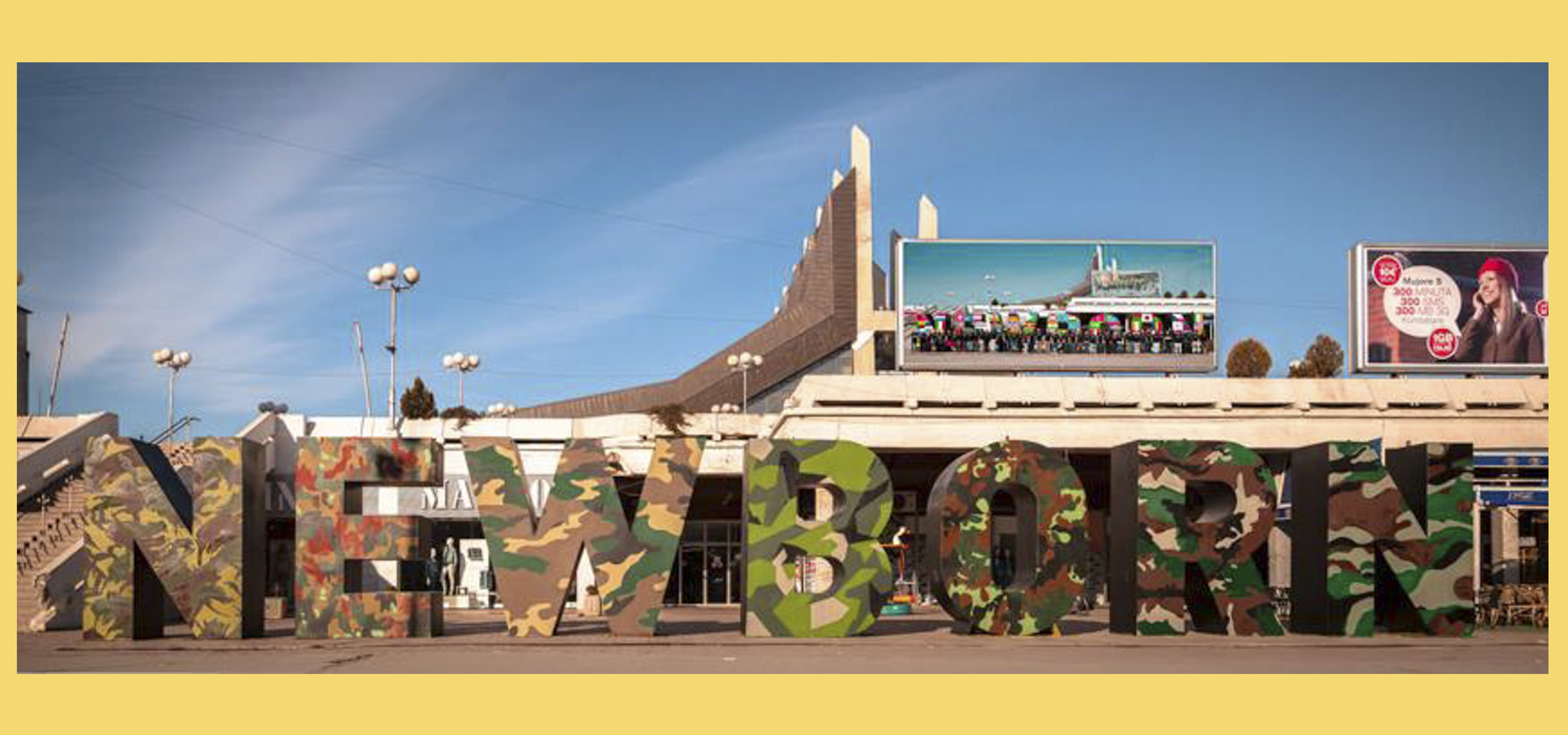
The Newborn monument is in conceptual danger
Has Kosovo’s first monument to its statehood lost its meaning?
|2020.12.14
|
In summary, the word, the symbol, the design and the artwork, is created and functions with good timing and meaningful national symbolic significance for the emergent Republic of Kosovo and its people.
This new form behaves more now as contemporary postmodern artwork, alive to change and possibility, than a mere monument used as a graffiti surface.
What is the value of a national monument, this national monument, and what presence serves Kosovo best?

Daniel Cosentino
Daniel Cosentino is an American Multimedia Artist and educator specialized in photographic processes and discourses. He is an Assistant Professor RIT Kosovo and is a Board member of Open Data Kosovo and Development Associate for Stacion - Center for Contemporary Art in Prishtina.
DISCLAIMERThe views of the writer do not necessarily reflect the views of Kosovo 2.0.
This story was originally written in Albanian.